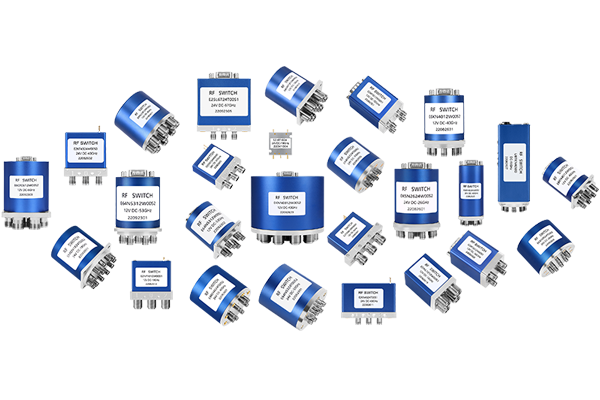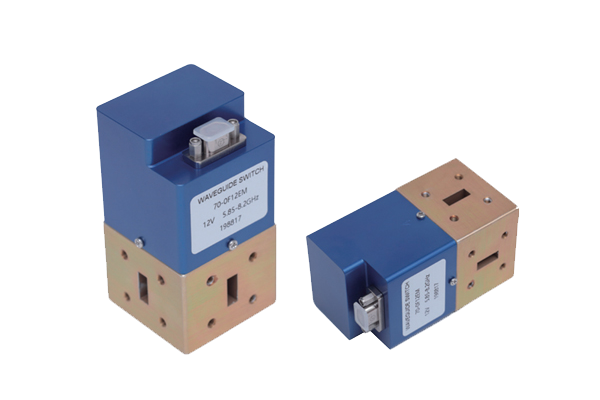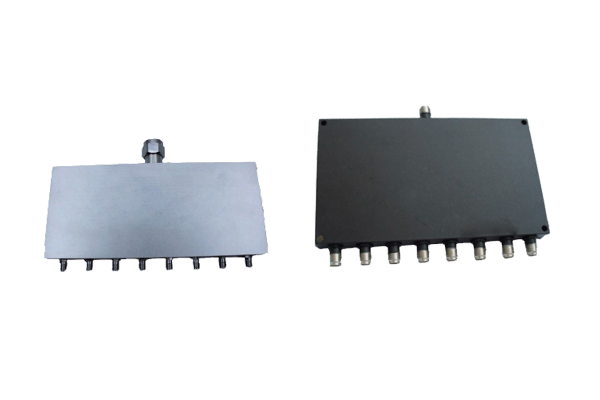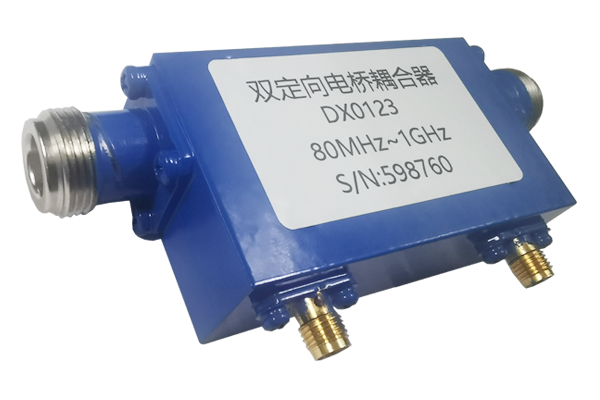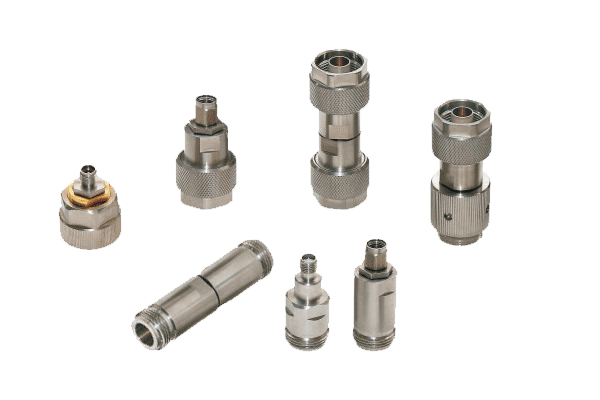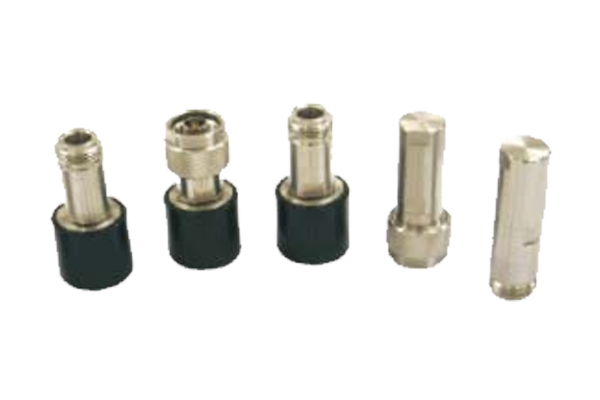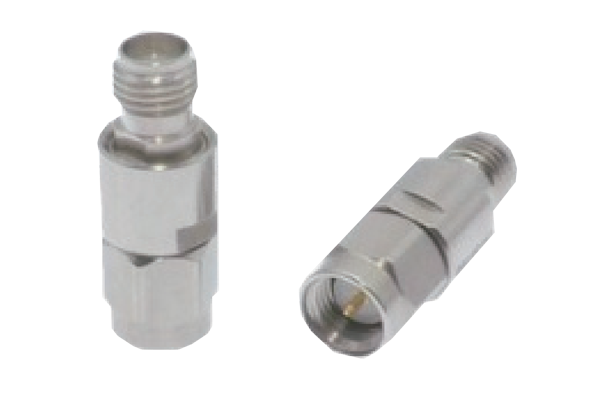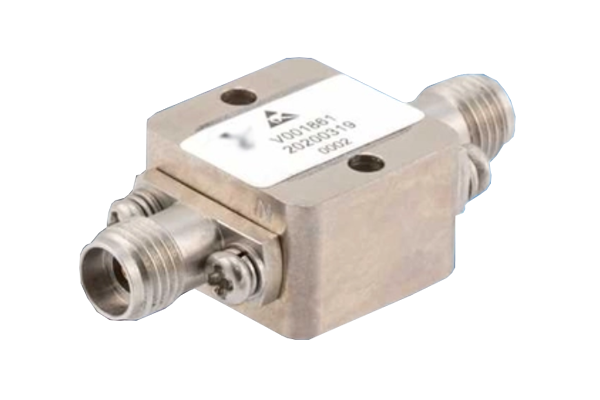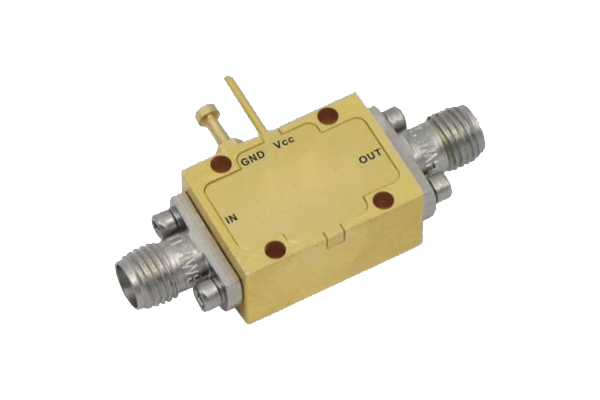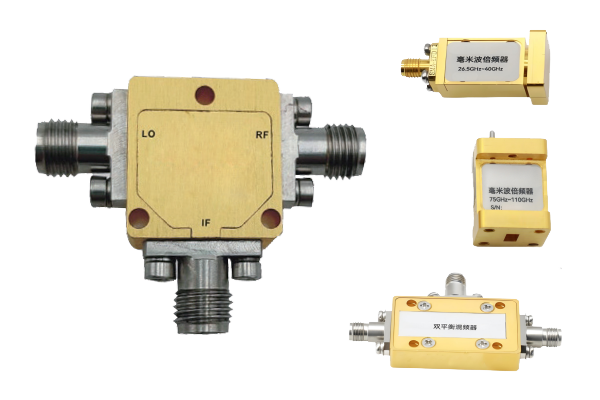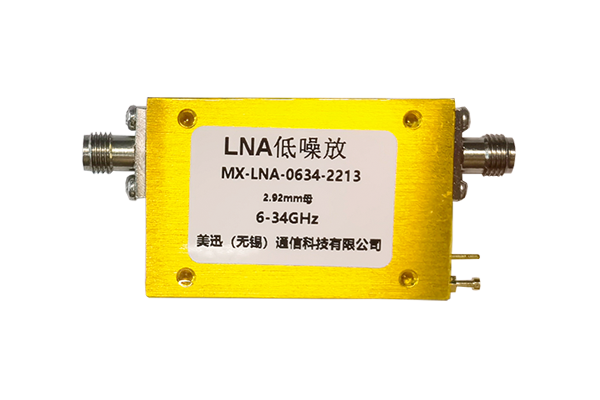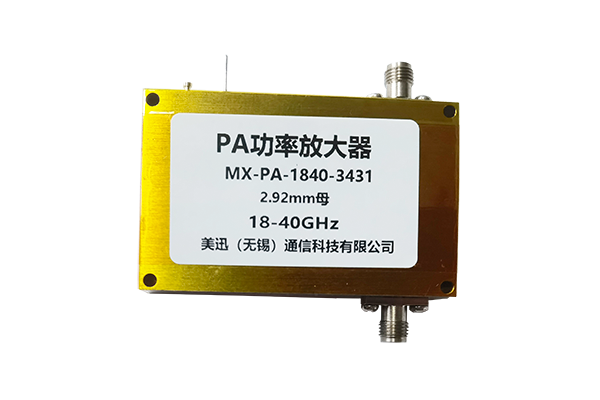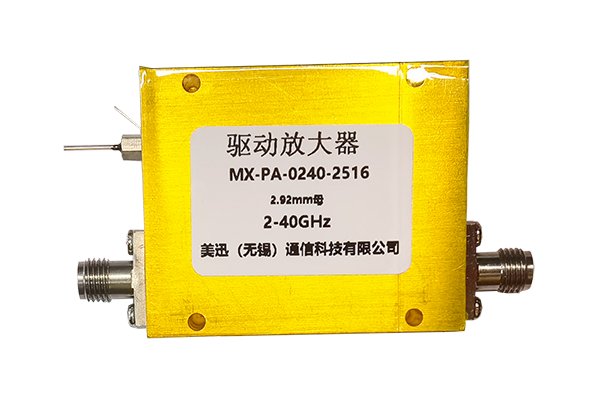Is the frequency response of RF Low Noise Amplifiers smooth
RF Low Noise Amplifiers - Frequency Response
Precision Circuit Design
- RF Low Noise Amplifiers incorporate carefully engineered circuit architectures to achieve smooth frequency response.
- Equalization networks are integrated to compensate for inherent gain variations.
- Feedback mechanisms are precisely calibrated to stabilize gain, preventing peaks or dips.
- Thoughtful design ensures signals at different frequencies receive consistent amplification.
High-Quality Component Selection
- Premium components are critical to smooth frequency response in RF Low Noise Amplifiers.
- Low-noise transistors with uniform electrical characteristics avoid unexpected gain shifts.
- Passive components are selected for stable performance over the operating band.
- Component compatibility ensures cohesive operation and consistent frequency behavior.
Rigorous Impedance Matching
- Precise impedance matching contributes to smooth frequency response.
- Mismatched impedances can cause signal reflections and gain variations.
- RF Low Noise Amplifiers feature optimized matching networks.
- Consistent impedance across the frequency range reduces reflection-related distortions.
Calibration and Optimization
- Manufacturers conduct rigorous calibration during production.
- Advanced testing identifies and mitigates frequency response irregularities.
- Fine-tuning ensures RF Low Noise Amplifiers deliver consistent performance.
- Real-world testing validates smooth response under varying conditions.
Key Design Elements for Smooth Frequency Response
Equalization Networks
Compensate for inherent gain variations across frequencies
Feedback Mechanisms
Stabilize gain and prevent unwanted peaks or dips
Low-Noise Transistors
Provide uniform electrical characteristics across frequencies
Impedance Matching
Reduces signal reflections and standing waves
Conclusion
The frequency response of RF Low Noise Amplifiers is unequivocally smooth. Through precision design, high-quality components, impedance matching, and rigorous calibration, these amplifiers deliver consistent signal amplification across targeted frequency bands, minimizing gain fluctuations and ensuring reliable performance for critical communication systems.



